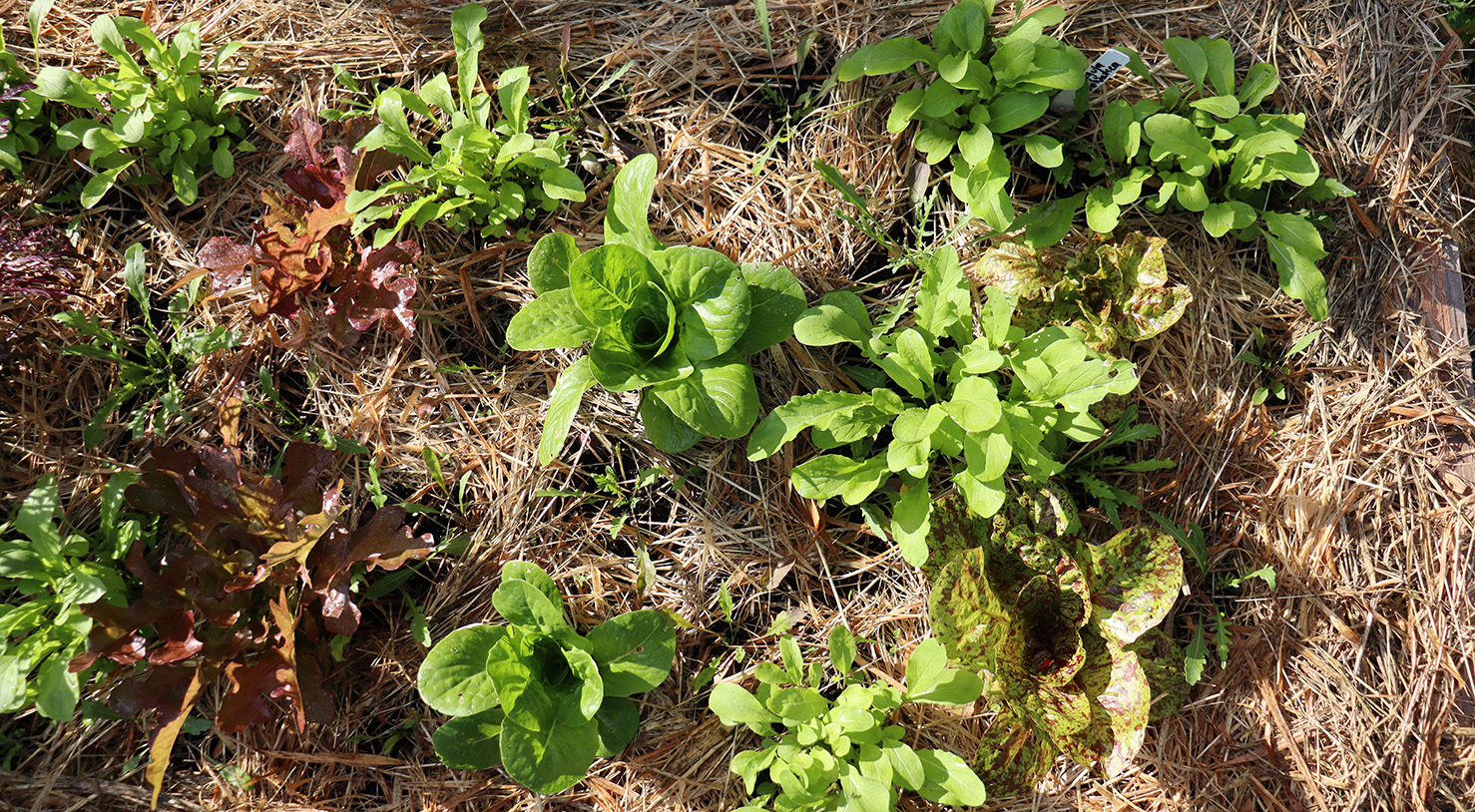No-till Inspiration
February is usually the time when I a) really wish I’d written down all the ideas I had for this year’s garden while I was packing up at the end of last season and b) start to flip through books for inspiration and new planting ideas. Do you ever find yourself relating to a book so much that you catch yourself nodding and muttering in agreement? I suppose this is confirmation bias at its finest.
Jesse Frost’s The Living Soil Handbook is one that really gets me going. Jesse is a successful market gardener, host of the wildly popular The No-Till Market Garden podcast and co-founder of notillgrowers.com.
In the book he takes the three most important soil health principles, namely –
1. Disturb the soil as little as possible
2. Keep the soil covered as much as possible
3. Keep the soil planted as much as possible
and breaks them down into manageable options and strategies. His “as possible” invitation is a welcome breath of fresh air to an approach that can sometimes feel dogmatic.
Each of these principles work because they protect and nourish the relationship between plants and soil biology. Jesse constantly brings readers back to this point in the various methods he describes (hence my incessant nodding). He covers compost, mulching, cover crops, interplanting, relay cropping, and how to design a fertility program (which includes inoculating microbes!). He tops it all off with a detailed no-till journey from beginning to end of season for 7 common vegetables, a cover crop use and termination guide, and a resource for understanding critical periods of competition and successful interplant pairings. You could take this information and save yourself a good decade’s worth of trial and error in the garden. Or more. I wish I’d had a book like this when I was starting out.
Going “no-till” can feel intimidating but whether you’ve already made the leap or are thinking of transitioning this season, all the strategies you need are in this book. It is well worth the read for anyone who is serious about setting up the conditions required to grow vegetables in healthy soil.
